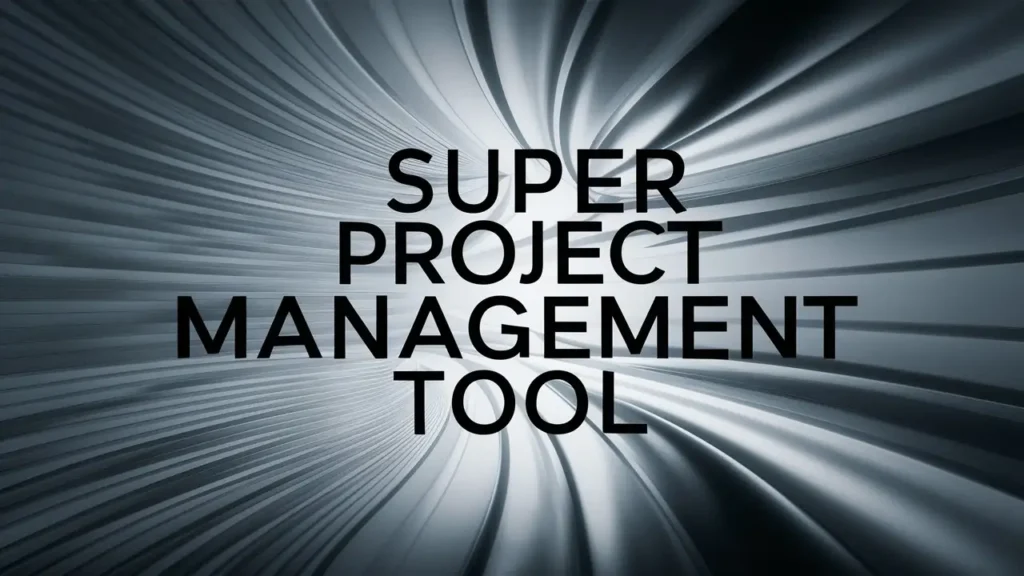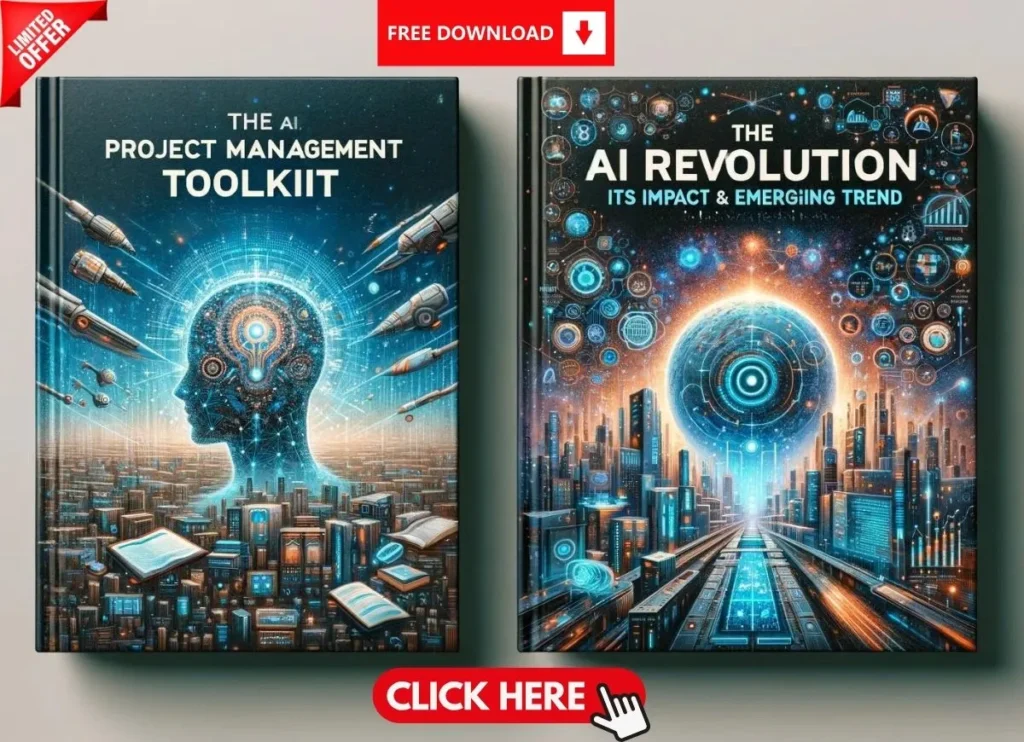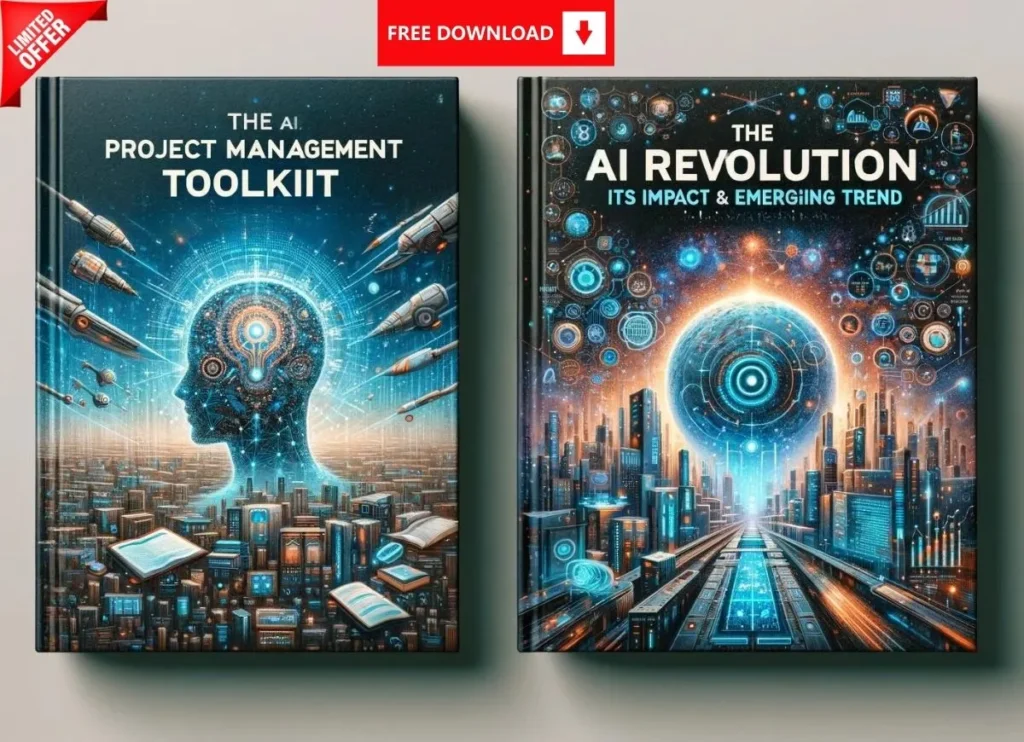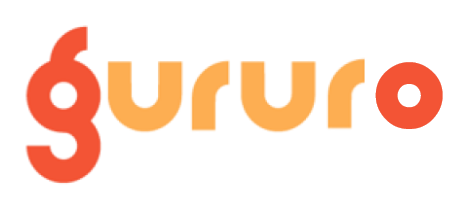Introduction
Did you know that 68% of software projects miss deadlines due to poor visibility, per a 2023 Standish Group report? If you’re a project management professional with 8-30 years of experience, you’ve likely felt the frustration of chasing updates from developers, only to face surprises at crunch time. What if you had a smart project management tool that delivers real-time code analysis and progress tracking 24/7? We’re building just that—a platform that empowers you with AI-driven insights, cuts communication lag, and keeps stakeholders aligned.
In this guide, we’ll explore 7 must-know features of this tool, designed to transform how you manage software projects. You’ll gain actionable strategies to boost efficiency and lead with confidence.
Pro Tip: Start integrating repository data now—real-time visibility begins with clean inputs. Ready to rethink project management? Let’s dive in!
The Challenge: Why Tracking Software Progress is Tough
Common Pain Points for Veteran PMs
Why Traditional Tools Fail
Case Study: A SaaS Nightmare
The Game-Changer: A Smart Project Management Tool
How It Integrates and Analyzes
The Role of AI in Project Management
Why It’s Built for You
7 Must-Know Features of the Tool
1. Real-Time Progress Tracking
- Details: Monitor feature builds, bug fixes, and deployments as they unfold.
- Pro Tip: Filter by team or sprint to spot trends fast.
- Example: A dashboard shows a feature at 90%—you adjust priorities without a meeting.
2. Interactive AI Agent
- Details: Query the AI: “What’s the sprint status?” or “Where’s the bottleneck?”
- Pro Tip: Train it on your team’s lingo for sharper replies.
- Example: A PM asks, “Which code areas are volatile?” and gets a list in seconds.
3. Customizable Dashboards
- Details: Visualize PR times, code churn, or deployment frequency.
- Pro Tip: Tailor views for devs vs. execs.
- Example: A stakeholder sees a clean progress graph—no tech jargon required.
4. Code Quality Metrics
- Details: Tracks complexity, test coverage, and bug rates.
- Pro Tip: Set thresholds to flag risky code early.
- Example: A PM spots low test coverage before a release.
5. Bottleneck Detection
- Details: Highlights slow PR reviews or stalled tasks.
- Pro Tip: Pair with team chats for quick fixes.
- Example: The tool flags a 3-day PR delay, prompting action.
6. Stakeholder Reporting
- Details: Auto-generates progress summaries for non-tech audiences.
- Pro Tip: Schedule weekly exports to keep execs in the loop.
- Example: A CEO gets a concise update—no dev translation needed.
7. Historical Trend Analysis
- Details: Uses past data to predict timelines and risks.
- Pro Tip: Review trends quarterly to refine estimates.
- Example: A PM predicts a 2-week delay based on churn history.
Benefits for PMs and Stakeholders
Efficiency Gains for Busy Leaders
- Fewer Meetings: The smart project management tool replaces check-ins with instant AI answers.
- Faster Reporting: Dashboards cut prep time from hours to minutes.
- Pro Tip: Use saved time to coach your team, not chase updates.
Strategic Wins for Long-Term Success
- Data-Driven Plans: Metrics guide resource shifts and risk mitigation.
- Stakeholder Confidence: Transparent updates build trust.
- Scalability: Handle multiple projects without losing grip.
- Example: A PM reallocates devs to a lagging feature, hitting a key milestone.
Case Study: Speeding Up Delivery
How to Get Started with the Tool
Step-by-Step Implementation Guide
Pro Tips for Seamless Adoption
- Start with a small team to build confidence.
- Pair with Jira for task integration.
- Hold a kickoff to demo its value—focus on time savings.
Conclusion
Discover the top 10 Kanban tools for better project management. Check them out now!








